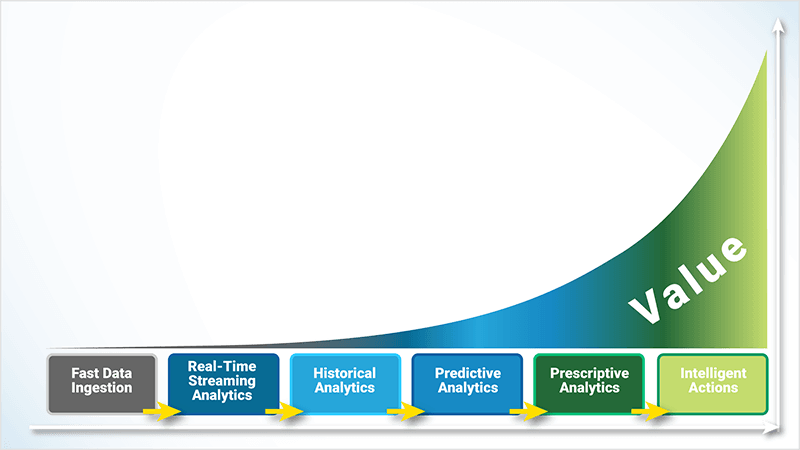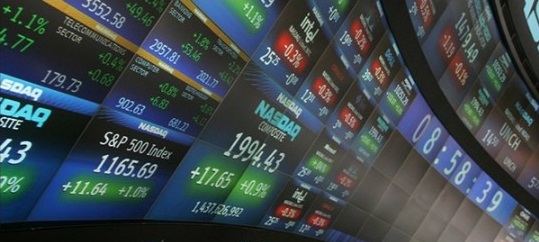Traders predict the best time to play the markets. Before the technological advances in the twenty-first century, this was based on historical data, gut instinct and sometimes having the loudest voice. Now, it is possible to predict the perfect time to pitch a trader to deposit more funds or upgrade an account to live and automatically trigger messages to trader at these times. This is done with the harvesting and dissecting trading data through predictive analytics.
Analytics and analytics value
There are many analytics tools available. Many popular tools are descriptive analytics, explaining what has already happened. Descriptive analytics tools are useful, but rely on human interpretation, which can be flawed. They also relate to the past and may not be relevant to the present or future.
In a business environment, predictive analytics are more helpful than looking at past events. Using big data and predictive statistical models allows actions to be planned for the future, based on previous trader behaviour. With predictive analytics, past results can recognise future trends.
Using prescriptive analytics with an automation tool enables Forex brokers to automatically trigger messages to individual traders at the right times based on their individual behaviour and criteria.
Used within a sales and marketing department, the use of data insights can help grow business. The simplest example would be a trader on a demonstration site who makes three consecutively positive trades, when this is triggered by your analytics software, a personalised email template can be sent, inviting them to upgrade to a live account.

How big data can help Forex brokers
The impact of big data on Forex brokers is significant. Thanks to cloud computing, software can analyse every individual trade made by the broker in real time. Patterns can be predicted based on the actions of several thousands of traders previously.
Whilst there are mavericks who behaviour in a unique way, generally people follow patterns of behaviour and once these are understood, they can be used to your advantage. Building a reliable model based on past history is the only way to understand this big data.
Whilst the analytics sound fantastic, you don’t have to start with a clean slate. It is possible with the information you are likely to already have on your trading platform. If you can see the number of trades, when they were made, what time of day, by whom, and much more, data scientists and advanced tools can easily use these codes to analyse your customers, allowing you to come up with better ways to sell your services and close deals. Examples include emailing your traders en masse at peak times. You will even have advance warning when a trader is slowing down, or losing interest, and brief contact or even some one-on-one time could prevent them from becoming a former client.
With the right software, you simply connect your trading platform and the analysis takes place in the background, with insights and prescribed actions sent automatically to your sales and marketing teams. There is no negative impact on your current system by having access to big data.
Will data make marketers obsolete within brokerages
Whilst big data analytics can be useful in giving insight into the way your traders behavior, marketers are still required within a brokerage to provide a human touch, providing support to traders who will be content to know that you have the ability to effectively use the statistical analysis capability at your fingertips.



